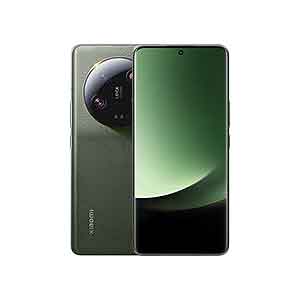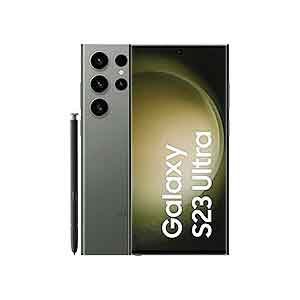Дизайн и качество сборки Galaxy S23 Ultra или S23 Plus
S23+ имеет гораздо больше общего с S23 Ultra, чем его предшественник, унаследовав конструкцию камер, которая заменяет столь любимый выступ, завернутый в рамку. Несмотря на то, что конструкция камеры осталась прежней, между двумя устройствами по-прежнему много различий.
S23+ имеет плоский дисплей и закругленные углы, в то время как S23 Ultra использует квадратный дизайн с острыми, как бритва, углами и экраном, который выходит за края телефона. Ultra также имеет S-Pen в левом нижнем углу телефона.
Качество сборки обоих устройств одинаковое, используется Gorilla Glass Victus 2 спереди и сзади и Armor Aluminium на раме.
Как и следовало ожидать от Samsung в последние годы, оба устройства выглядят и ощущаются исключительно.
Xiaomi 13 Ultra and S23 Ultra Hardware performance and gaming experience
In the world of Android phones, Qualcomm produces the best chips and Xiaomi 13 Ultra, which tries to be the best in every field, has gone for the most powerful chip of this company, Snapdragon 8 Gen 2. This 4-nanometer chipset has eight central processor cores in the form of 1 Cortex-X3 core with a frequency of 3.2 GHz, 2 Cortex-A715 cores with a frequency of 2.8 GHz, 2 Cortex-A710 cores with a frequency of 2.8 GHz and 3 Cortex-A510 cores with a frequency of 2.0 GHz and also includes the Adreno 740 graphics processor.
On the other hand, Samsung used to market its flagships in two versions of Exynos and Snapdragon until the previous generation, which the Exynos version was slightly weaker in every way. This year, however, the S23 series, including the S23 Ultra, have been launched with only the Snapdragon 8 Gen 2 chip and only this one version is available. It is interesting to know that the frequency of the strongest CPU core of this chip in Samsung’s representative is 3.36 GHz and seems slightly stronger than Xiaomi 13 Ultra’s 3.2 GHz.
Galaxy S23 Ultra hardware test results
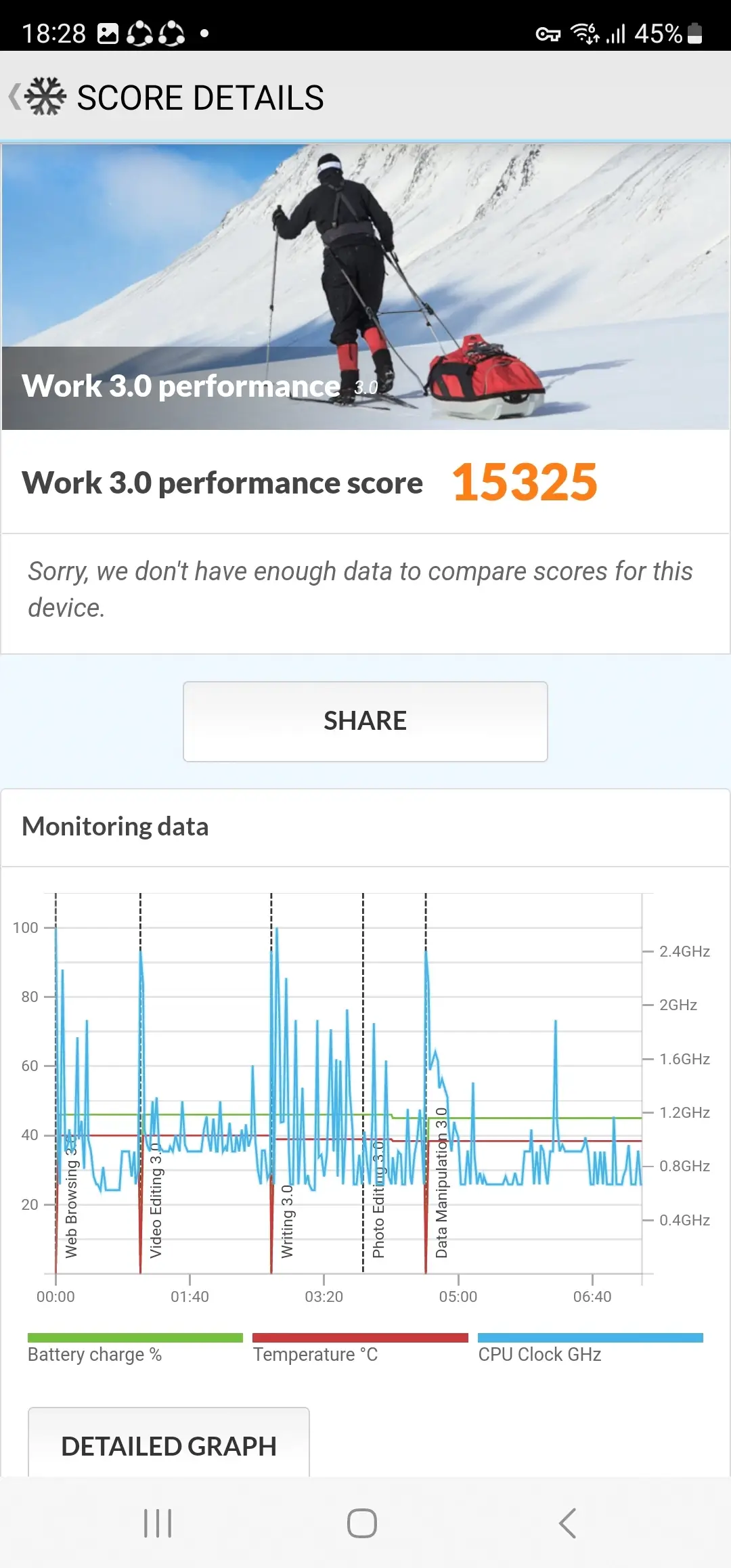
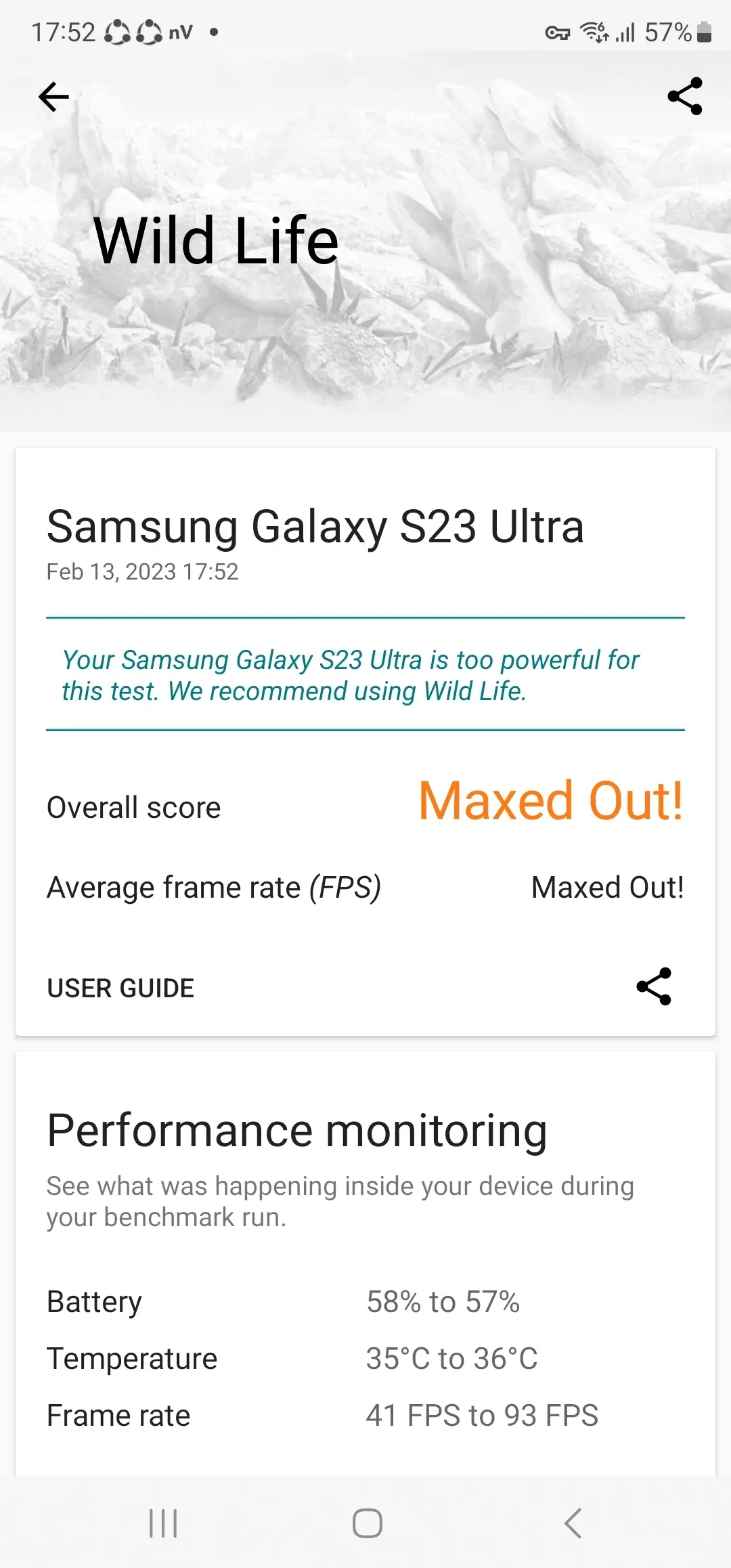
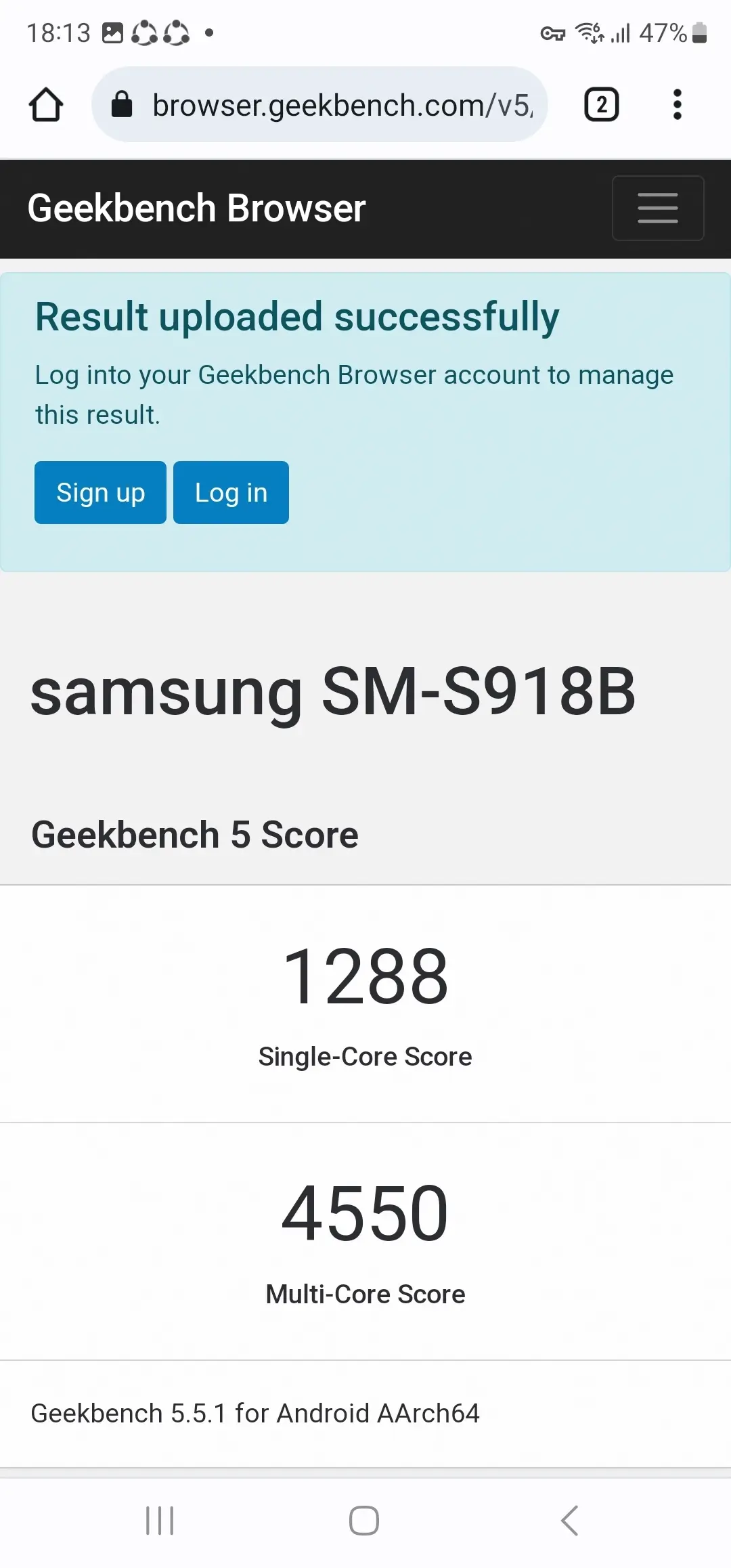
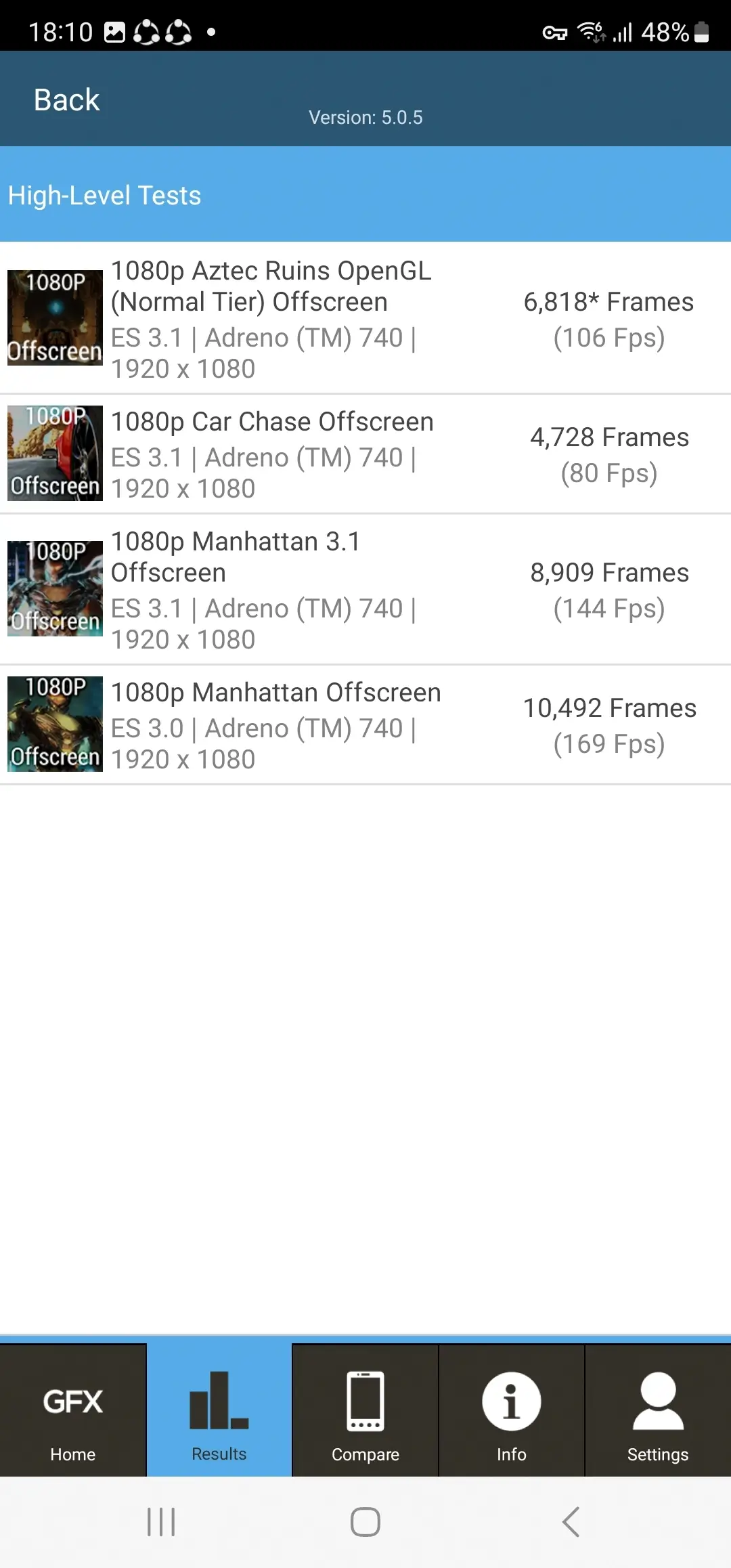
Of course, keep in mind that this difference does not make a difference in practice and the power of the two phones is equal. Talking about the hardware power of these two phones is not very difficult; because they are both the most powerful Android phones and among the most powerful phones in the world and this means that they can handle any task without any problem, from running the games of the day in the highest possible mode to editing video and other heavy processing.
In everyday use, the speed of both flagships is unparalleled and the apps run immediately after touching. You can experience PUBG game in ultra graphics mode with 90 frame rate (maximum possible) and Call Of Duty game also runs in ultra mode with 60 frame rate (maximum possible). You can experience World of Tanks Blitz game in ultra mode with 120 frame rate and the same performance for Shadowgun Legends game is 118 frame rate in ultra mode.
Xiaomi 13 Ultra hardware test results
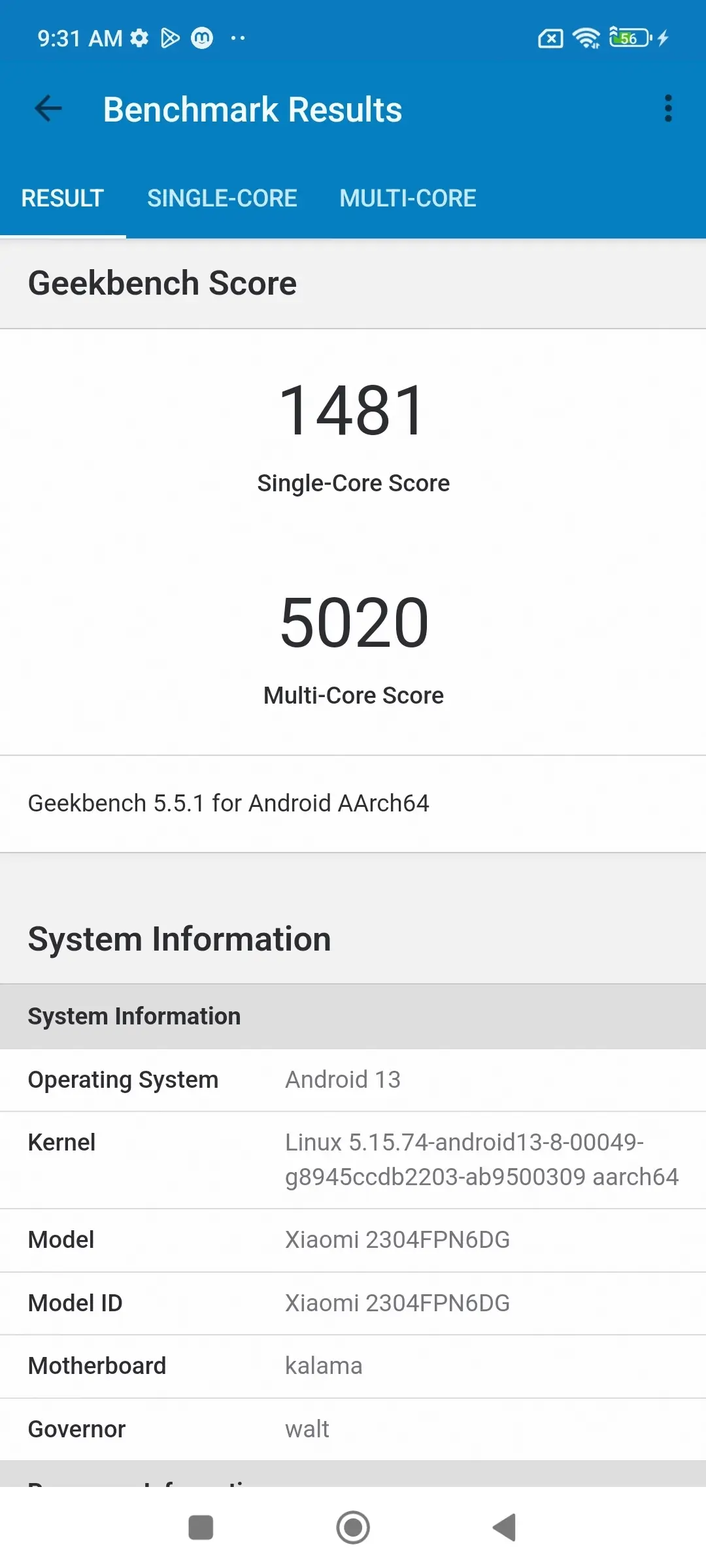
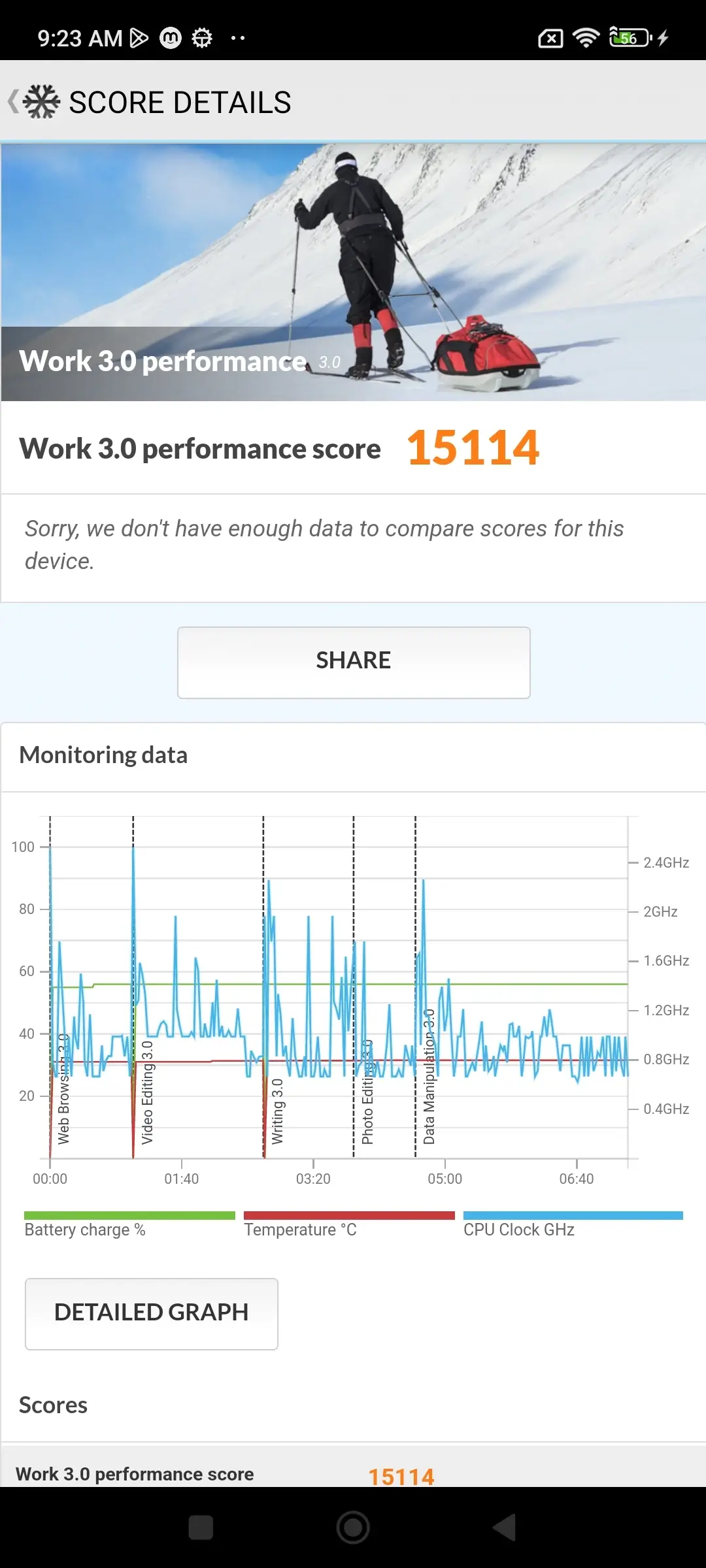
Samsung Galaxy S23 Ultra has been launched in versions of 256/8 GB, 256/12 GB, 512/12 GB and 1 TB with 12 GB of RAM and on the other hand Xiaomi 13 Ultra is available in versions of 256/12 GB, 512/12 GB, 512/16 GB and 1 TB with 16 GB of RAM. The internal memory of both phones is UFS 4.0 type and has a very high speed.
As a summary of the hardware section, we have to say that both phones are excellent and flawless and we cannot consider any one superior to the other and both can handle any task without any problem. By buying either of these two flagships, you can rest assured for several years that you have the best hardware power.
Galaxy S23 ultra hardware power comparison table with Xiaomi 13 ultra
| Phone name | 3D Mark | PC Mark | GeekBench |
|---|---|---|---|
| Xiaomi 13 Ultra | Does not run on Xiaomi phones | 15114 | Single-core 1481Multi-core 5020 |
| Galaxy S23 Ultra | Maxed Out | 15325 | Single-core 1288Multi-core 4550 |
| iPhone 14 Pro Max | 3027 | – | Single-core 1883Multi-core 5329 |
They are both top-end when it comes to specs and internals
Neither are these phones are lacking it comes to internal specs – hardly surprising given their Ultra branding and wallet-busting prices.
Both are powered by Qualcomm silicon, though thanks to an exclusive deal with Samsung and the chip maker the S23 Ultra does come with a marginally souped-up version of the Snapdragon 8 Gen 2 chipset that slightly ups the GPU performance. We doubt you’d notice much difference between the two though, and both are up there with the fasted Android phone we’ve looked at in 2023.
Both phones lack expandable storage – though they do offer internal storage options up to 1TB. The Xiaomi gets the win in terms of maximum memory offering, with the 13 Ultra offering up to 16GB RAM as opposed to the 12GB maximum on the Galaxy S23 Ultra.
Whichever you choose you’re getting an excellent OLED display. The 6.8-inch panel on the Galaxy is marginally larger than the 6.7-inch panel on the Xiaomi 13 Ultra but both are big panels that are exceedingly bright and fantastic for content. Both adaptively shift refresh rates from 1-120Hz depending on what you’re doing and both have a slight curvature along with WQHD+ resolutions.
Samsung does have a slight advantage in screen glass, with the S23 Ultra utilising the newer (and stronger) Gorilla Glass Victus 2 as opposed to just Gorilla Glass Victus.
Камеры Galaxy S23 Ultra или S23 Plus
S23+ и S23 Ultra имеют новую 12-мегапиксельную селфи-камеру, по сравнению с 10-мегапиксельной камерой на S22+ и пониженной с 40-мегапиксельной камерой на S22 Ultra. Задние камеры на S23+ такие же, как и в прошлом году, с основной 50-мегапиксельной камерой, 10-мегапиксельным 3-кратным телеобъективом и 12-мегапиксельной сверхширокоугольной камерой.
Даже если аппаратное обеспечение камеры такое же, Samsung, вероятно, внесла изменения в процессор обработки сигналов изображения (ISP) и программную обработку, поэтому нам нужно оставить за собой право судить о том, будут ли фотографии лучше или нет, когда они у нас появятся.
До сих пор в каждом ультрафоне Samsung использовался основной датчик на 108 МП. В этом году S23 Ultra использует новый основной датчик на 200 МП, который должен обеспечивать более чёткие изображения и лучшую производительность при слабом освещении, но мы увидим, как это сработает, когда телефон появится. Другие задние датчики остались прежними: с двумя 10-мегапиксельными телеобъективами с 3-кратным и 10-кратным увеличением и 12-мегапиксельным сверхширокоугольным объективом, который также служит макрообъективом.
Samsung Galaxy S23 Ultra vs Xiaomi 13 Ultra: Display
The Galaxy S23 Ultra features a 6.8-inch QHD+ (3088 x 1080) Dynamic AMOLED 2X display. This panel is curved, and it supports an adaptive refresh rate (1-120Hz). HDR10+ is supported, while the display can get up to 1,750 nits of peak brightness. The Gorilla Glass Victus 2 protects this display, in case you were wondering.
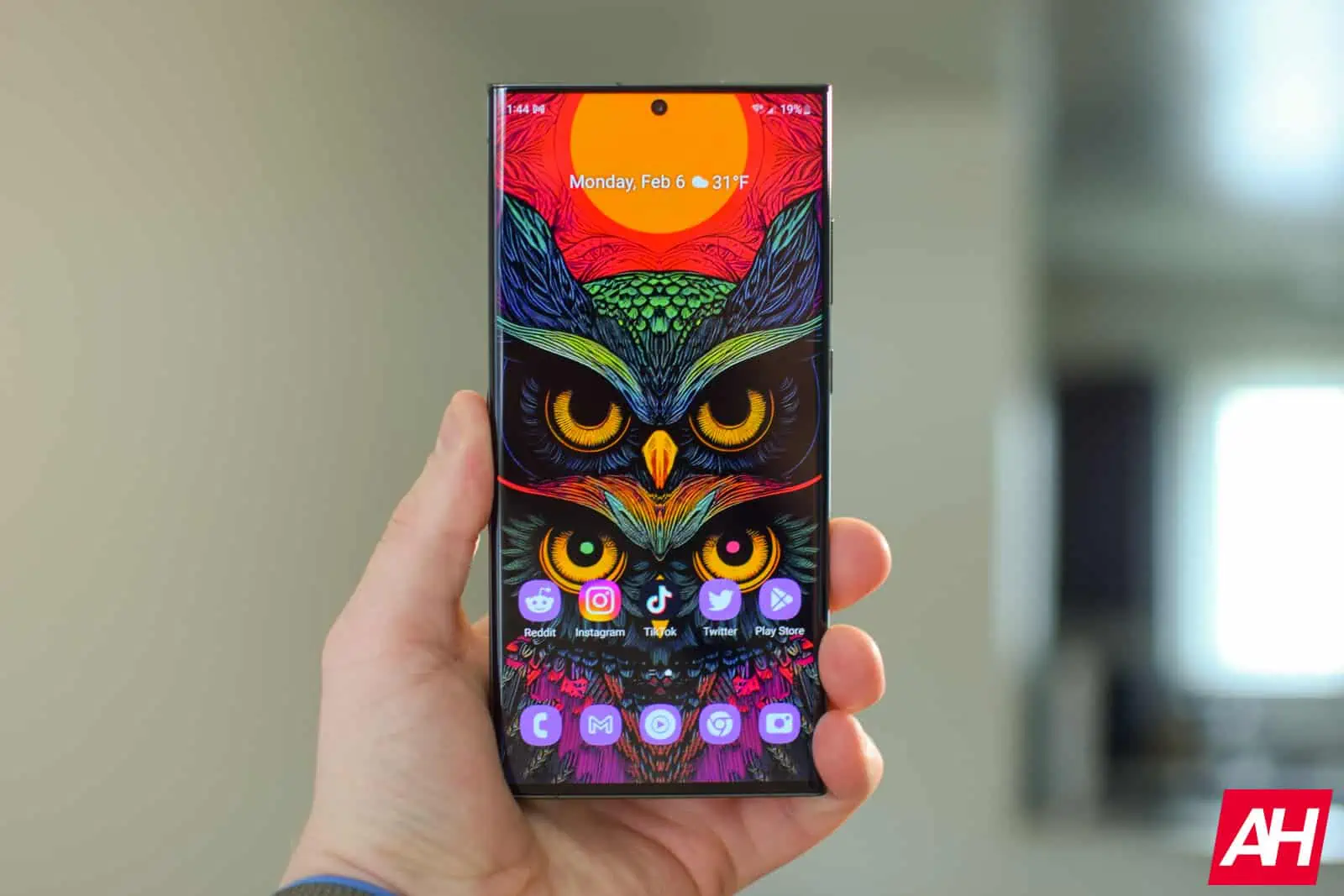
Samsung Galaxy S23 Ultra display
The Xiaomi 13 Ultra, on the other hand, also has a curved display. Its panel measures 6.73 inches, and it’s a QHD+ (3200 x 1440) panel as well. It has a different 20:9 aspect ratio, and it’s also an LTPO panel (1-120Hz). This display supports HDR10+ and Dolby Vision, and it gets up to 2,600 nits of brightness at its peak. It’s protected by the Gorilla Glass Victus.
Both of these displays are outstanding, and some of the best in the business. They’re not both made by Samsung, though. The one in the Xiaomi 13 Ultra comes from a collab between China Star and Xiaomi. They both show vivid colors, offer great viewing angles, and touch response also feels really good when you use them. They’re both more than sharp enough, and get immensely bright. You can use either one in direct sunlight with no issues. Chances are you’ll be happy with either one of these displays.
Advertisement
Камера, производительность, дизайн
Смартфоны Xiaomi 13 и Samsung S23 предлагают отличную камеру, которая позволяет делать качественные фотографии в любых условиях освещения. Оба аппарата оснащены высококачественной матрицей, высоким разрешением и широким диапазоном динамического диапазона. Камера Xiaomi 13 имеет дополнительные функции и режимы, которые помогают улучшить снимки и создать креативные эффекты. Камера Samsung S23 также предлагает отличные фотографии, особенно в условиях низкого освещения.
Что касается производительности, Xiaomi 13 и Samsung S23 оснащены мощными процессорами и достаточным объемом оперативной памяти, чтобы обеспечить плавную работу и быструю загрузку приложений. Оба устройства поддерживают множество функций и возможностей, таких как мультитаскинг, игры с высокими графическими требованиями и потоковое видео. В зависимости от ваших потребностей, вам стоит выбрать тот, который лучше соответствует вашим требованиям к производительности.
Что касается дизайна, Xiaomi 13 и Samsung S23 имеют современный и стильный внешний вид. Xiaomi 13 имеет компактные размеры и легкий вес, что делает его идеальным вариантом для тех, кто предпочитает маленькие смартфоны. Samsung S23 имеет более крупный дисплей, что делает его более подходящим для тех, кто любит смотреть видео или играть в игры на большом экране. Оба устройства имеют высокое качество сборки и удобные в использовании кнопки и разъемы.
Основная камера в условиях недостаточного освещения
Для тестирования при слабом освещении мы оставили только основные камеры и телефотомоодули. «Широкоугольники» были исключены из сравнения, чтобы сократить обзор. Кроме того, ни один из широкоугольных объективов не способен делать ночью приличные снимки. Все четыре модели имеют автоматический Ночной режим (Auto Night Mode) и специальный Ночной режим. Первый включается автоматически, повышая детализацию и экспозицию изображения. При ручном включении Ночного режима вы получите гораздо лучший результат. Сначала мы полностью отключили оба Ночных режима, и ручной, и автоматический. И камера Galaxy S23 Ultra выдала самые темные общие экспозиции. При съемках в темное время флагман Samsung оказался чемпионом по резкости и занял второе место по детализации. Но его снимки были самыми шумными, с мутными пятнами в некоторых местах. Наблюдались проблемы с источниками света, особенно точечного, из-за чего яркие участки отображались с искажениями. Vivo X90 Pro снимает самые яркие изображения с превосходной детализацией и великолепной сбалансированной резкостью. Цвета здесь самые насыщенные, а баланс белого самый теплый. Благодаря комбинации более высокого уровня детализации и более яркой экспозицией снимки «Виво» при слабом освещении выглядят просто потрясающе. Браво! Фотографии Xiaomi 13 Pro имеют самый узкий динамический диапазон. Камера часто передерживает яркие участки и подавляет самые темные тени. С другой стороны, можно отметить огромное количество делателей и правильную резкость. Баланс белого очень точный, но цвета немного тусклые. Xiaomi 12S Ultra также искажает яркие участки, но детали в теневых участках хорошо сохраняются. При этом текстуры выглядят слегка искусственно из-за излишней резкости. При включенном вручную Ночном режиме «Гэлакси С23 Ультра» выдает противоречивые результаты. Первые два снимка, где изображены статуя льва и здание отеля, теряют значительную часть мелких деталей, поскольку применено шумоподавление. Обычно компромисс вполне приемлем, но не сейчас. В любом случае в меру шумная фотография с высокой детализацией предпочтительней, чем искусственная неразбериха. А вот в других двух сценах (ресторан под открытым небом и интерьер бара) качество гораздо выше: меньше шума, ярче экспозиция и больше деталей в теневых участках. Vivo X90 Pro оставляет нетронутыми детали, цвета и уже усиленные тени, сохраняя размытые блики. Единственный неудачный снимок – статуя льва, но это можно считать случайностью. В целом же камера «Виво» лучше всего снимает при слабом освещении. Что касается Xiaomi 13 Pro, то в специальном Ночном режиме можно заметить легкое усиление в тенях и потерю мелких деталей. Это своего рода компенсация за снижение шума. Освещенные участки переданы без искажений. В целом беспроигрышный вариант. Xiaomi 12S Ultra очень выигрывает при использовании Ночного режима. Светлые области под контролем, тени слегка усилены, а о шуме по-прежнему нет речи. Превосходный результат. Итак, лучше всего при слабом освещении показала себя основная камера Vivo X90 Pro. Она делает замечательные фотографии: яркие, полные энергии снимки с обилием деталей и профессиональной резкостью. Почти вровень с Vivo идет Xiaomi 12S Ultra. Похуже дела обстоят у камер Galaxy S23 Ultra и Xiaomi 13 Pro, стоящих на одном уровне. Samsung обеспечивает лучшую резкость и больше деталей, но у Xiaomi изображения в целом чуть светлее.
Photos taken with the Samsung Galaxy S23 Ultra
Their front camera excels in selfies, with good sharpness and colors during the day, as well as great quality night photos. Not to mention the portrait mode with good cropping present in both. The advantage of the Galaxy is that it records more details overall and even films in 4K at 60 fps from the front.
It’s another point for the S23 Ultra.
Best front camera set
Xiaomi 13 Ultra
Front camera records in 4K?
Galaxy S23 Ultra
Best selfie
Galaxy S23 Ultra
priests
Of these smartphones, only the Galaxy S23 Ultra was officially launched in Brazil, for a suggested price of R$9,500. In current retail, you can find Samsung’s top priced at around R$6,000, a little below the current value we can see for the Xiaomi 13 Ultra via importers.
This way, it’s a point for Korean.
Which had the best launch price in Brazil?
Galaxy S23 Ultra
Which has the lowest current cost?
Galaxy S23 Ultra
Xiaomi 13 Ultra Compare
Samsung Galaxy S23 Ultra Compare
Finished
In the confrontation between two top of the line competing as the best Android, the Xiaomi 13 Ultra had no place on the scoreboard. It also offers some differences to the user. We are talking about the “different” design with a more compact and lighter body, the screen with better colors and Dolby Vision support, and the battery with better autonomy and less charging time.
But the Galaxy S23 Ultra proved to be more complete overall. The Korean model offers the brightest display, the most powerful sound, the system with the greatest longevity and the best multitasking performance. Apart from its set of cameras with a more advanced main sensor on the back, the best night videos and selfies with more details.
Samsung’s cell phone is still the only one officially launched in Brazil so far, and this allows it to be found at a lower price in national retail than the price charged by competitor’s importers.
Samsung Galaxy S23 Ultra vs. Xiaomi 13 Pro: What’s the best phone for you?
(Image credit: Apoorva Bhardwaj / Android Central)
The Xiaomi 13 Pro is one of the best phones Xiaomi has rolled out to date, and the cameras alone are worth the price of admission. That said, the S23 Ultra also has terrific cameras, and Samsung offers more software updates and a cleaner interface with more features.
Ultimately, my recommendation varies based on the region. Considering Xiaomi has no intention to launch its phones in North America, the Galaxy S23 Ultra is the default choice in that region. As for other countries, the Xiaomi 13 Pro is available for ₹79,999 ($976) for the 12GB/256GB model in India, and you’ll need to shell out ₹1,24,999 ($1,526) to get your hands on the S23 Ultra in the country. Yes, the S23 Ultra is good, but it isn’t ₹45,000 ($550) better than what Xiaomi is offering, and for my money, I’d just get the Xiaomi 13 Pro.
Now, the situation changes in European markets. In the U.K., the Xiaomi 13 Pro is selling at £1,099 ($1,372) for the 12GB/256GB version, and the S23 Ultra can be had for £1,249 ($1,559). Similarly, the Xiaomi 13 Pro costs €1,299 ($1,435) in Germany, and the S23 Ultra is €1,399 ($1,546). With a difference of under $200, you’re better off with the S23 Ultra; just the fact that you get one more software update makes Samsung’s flagship that much more enticing.
It’s clear that Xiaomi is being aggressive in India and China — two of its largest markets — and in these countries, the Xiaomi 13 Pro is an absolute steal. But everywhere else, you should consider the Galaxy S23 Ultra instead — it is my favorite all-round phone of 2023.
Samsung Galaxy S23 Ultra
If you want the phone with the most number of features, the Galaxy S23 Ultra is still the best overall choice. With a gorgeous design, sublime screen, the best hardware currently available, and versatile cameras that deliver outstanding photos, the S23 Ultra is the obvious choice for most users.
Samsung Galaxy S23 Ultra vs. Xiaomi 13 Pro: Software
(Image credit: Apoorva Bhardwaj / Android Central)
Samsung and Xiaomi did a lot of work over the last three years to refine their interfaces, and that’s evident when using the S23 Ultra and 13 Pro. Let’s start with Samsung; the S23 Ultra runs One UI 5.1 based on Android 13 out of the box, and it has a modern design that feels polished.
Samsung did a great job integrating all the features Google introduced in Android 13, and there’s a lot of customizability out of the box. Of course, you also get custom utilities like Good Lock that significantly extend the customization options available, and if you want to tweak just about every facet of the interface, I highly recommend giving it a try.
As for Xiaomi, I like the direction the brand is taking with MIUI. The Xiaomi 13 Pro runs MIUI 14 based on Android 13 out of the box, and while the brand made a lot of under-the-hood tweaks to make the interface runs smoother — it feels more fluid than previous generations — it doesn’t quite have any major user-facing changes, and the interface needs a fresh coat of paint.
(Image credit: Apoorva Bhardwaj / Android Central)
To its credit though, Xiaomi is doing a great job ensuring it doesn’t include as many pre-installed apps on its phones, and whatever you’ll find on the 13 Pro, you can easily uninstall. This is where Samsung is on the backfoot; the S23 Ultra has a boatload of bloatware, and while you can disable or uninstall most of these services, it’s annoying to see on such a high-end phone.
When it comes to updates, Samsung continues to set the tone for Android as a whole. My S23 Ultra has received monthly security updates on time — Samsung sends it out at the same time or even earlier than Google for its Pixels — and the phone will get four guaranteed Android OS updates.
Xiaomi hasn’t done much in this area in the last two years, and the 13 Pro will get three platform updates. I’m not confident in Xiaomi’s ability to deliver these updates on time either; my 12 Pro was the last of the major flagships to switch to Android 13. And as for security updates, Xiaomi guarantees quarterly updates, and that just isn’t enough for a flagship — I want to see monthly updates like Google and Samsung.
Samsung Galaxy S23 Ultra vs Xiaomi 13 Ultra: Battery
Both of these phones include a 5,000mAh battery on the inside. The Galaxy S23 Ultra is one of the best smartphones for battery life we’ve seen, at least as far as high-end smartphones are concerned. We’ve been able to comfortably go over the 10-hour screen-on-time on this phone, and then some. I’m still in my early usage days of the Xiaomi 13 Ultra, but the phone seems to have a really good battery life too. Not to the level of the Galaxy S23 Ultra, though. Also, do note that I had to sideload Google services on the phone, as this is a model made for China.
Advertisement
Having said that, stating specific battery stats is never a good idea. Your mileage will vary either way. Each of us use our phones in different ways, with different apps, and have different signal strengths. I don’t believe that you’ll be disappointed with the battery life on either one of these two phones, though, that’s for sure. Waiting for the Xiaomi 13 Ultra with global software may be a good call, though.
In terms of charging, well, the Xiaomi 13 Ultra definitely outshines the Galaxy S23 Ultra. Xiaomi’s flagship offers 90W wired, 50W wireless, and 10W reverse wireless charging. On top of that, it comes with a 90W charger in the box. The Galaxy S23 Ultra supports 45W wired, 15W wireless, and 4.5W reverse wireless charger. It does not include a charger in the box, though.
Audio Quality and Haptics
While the Xiaomi 13 Pro technically has dual speakers, one bottom firing and another one embedded in the earpiece, just like the Galaxy S23 Ultra, the sound quality is nothing like it.
The Xiaomi is way quieter and lacks severely any lower tonalities, so while voices sound clear, those other issues are really noticeable and the loudspeaker quality is one of the least impressive we’ve heard on a 2023 flagship phone. The Galaxy is a big step up compared to the Xiaomi.
Haptic feedback at least is nice and tight on the Xiaomi, and we actually prefer it over the not so refined vibration motor on the Galaxy S23 Ultra.
Xiaomi 13 Ultra
We start with the design with two very different looks here. Xiaomi uses a giant circular rim to house the cameras on the back and very curved sides. The Galaxy relies on its lenses placed individually on the lid, as well as straighter frames than its competitor.
In terms of construction, manufacturers use a metal structure in their advanced cell phones. The difference is that the 13 Ultra has a vegan leather-style back, which contrasts greatly with the glass applied by the S23 Ultra, covered by Gorilla Glass Victus 2 to protect against scratches. At least, both are IP68 certified, to resist dust and liquids.
Compare Xiaomi 13 Ultra vs Samsung Galaxy S23 Ultra
| Product Images | |
|
|
|
| Specifications | |
| Full Specifications | Full Specifications |
| Summary | |
| Xiaomi 13 Ultra | Samsung Galaxy S23 Ultra |
|
6.73 inch (QHD+) 3200 x 1440 Pixels |
6.8-inch (QHD+) 3088 x 1440 Pixels |
|
50.3+50+50+50 MP (Primary) |
200+10+10+12 MP |
|
5000 mAh (Non-removable) |
5000 mAh (Non-Removable) |
| Network | |
| Yes (4G/LTE) |
Yes (4G/LTE) |
| Yes (5G Support) |
Yes (5G Support) |
| General | |
| Xiaomi (Menufacture) |
Samsung (Menufacture) |
| 18 April 2023 (Launch Date) |
1 February 2022 (Launch Date) |
| Black, Olive Green, White (Colors) |
Phantom Black, Green, Cream, Lavender, Graphite, Sky Blue, Lime, Red (Colors) |
| Flagship (Smartphone Range) |
Premium (Smartphone Range) |
| Body | |
|
163.2 x 74.6 x 9.1 mm (Dimension) |
163.4 x 78.1 x 8.9 mm (Dimension) |
|
227 g (Weight) |
234 g (Wieght) |
| Glass front (Gorilla Glass Victus), eco leather back, aluminum frame (Build) |
Glass front (Gorilla Glass Victus 2), glass back (Gorilla Glass Victus 2), aluminum frame (Build) |
| Display | |
| 6.73 inch (Display Size) |
6.8-inch (Display Size) |
| 3200 x 1440 Pixels (Display Resolutions) |
3088 x 1440 Pixels (Display Resolutions) |
| QHD+ (Resolution Type) |
QHD+ (Resolution Type) |
| LTPO3 AMOLED (Display Type) |
Dynamic AMOLED 2X (Display Type) |
| Battery | |
| Non-removable (Battery Type) |
Non-Removable (Battery Type) |
| 5000 mAh (Battery Capacity) |
5000 mAh (Battery Capacity) |
| Yes (90W) (Fast Charging) |
Yes (45W) Wireless Charging (Fast Charging) |
| Performance | |
| Qualcomm Snapdragon 8 Gen 2 (4 nm) (Processor) |
Qualcomm Snapdragon 8 Gen 2 (4 nm) (Processor) |
| Octa-core (Core) |
Octa-core (Core) |
| 2.0 GHz (clock Speed) |
2.8 GHz (Clock Speed) |
| Adreno 740 (GPU) |
Adreno 740 (GPU) |
| Storage | |
| 12/16 GB (RAM) |
8/12 GB (RAM) |
| 256GB/512GB/1TB (Internal Storage) |
128/256 GB / 1TB (Internal Storage) |
| (256GB+12GB) (512GB+16GB) (1TB+16GB) (Variant) |
(8GB+128GB) (12GB+256GB) (12GB+512GB) (12GB+1TB) (Variant) |
| No (External Support) |
No (External Support) |
| Camera | |
| 50.3+50+50+50 MP (Primary Camera) |
200+10+10+12 MP (Primary Camera) |
| 32 MP (Selfie Camera) |
12 MP (Selfie Camera) |
| Operating System | |
| Android 13 (OS) |
Android 13 (OS) |
| MIUI 14 (User interface) |
One UI 5.1 (User interface) |
| Connectivity | |
| Yes (Bluetooth) |
Yes (Bluetooth) |
| 802.11 a/b/g/n/ac/6e (Wi-fi Version) |
802.11 a/b/g/n/ac/6e (Wi-fi Version) |
| Yes (GPS) |
Yes (GPS) |
| No (Audio Jack) |
No (Audio Jack) |
| USB Type-C 3.2 (USB Type) |
USB Type-C 3.2 (USB Type) |
| Yes (OTG Support) |
Yes (OTG Support) |
| Yes (NFC) |
Yes (NFC) |
| Yes (Infrared) |
No (Infrared) |
| Sensors | |
|
(Face ID) |
(Face ID) |
| Yes (Under Display) (Fingerprint) |
Yes (Under Display) (Fingerprint) |
| Yes (Accelerometer) |
Yes (Accelerometer) |
| Yes (Proximity) |
Yes (Proximity) |
| Yes (Compass) |
Yes (Compass) |
| Yes (Gyroscope) |
Yes (Gyroscope) |
| Yes (Barometer) |
Yes (Barometer) |
| Yes (Color Spectrum) |
(Color Spectrum) |
|
(Heart Rate) |
(Herat Rate) |
|
(spO2) |
(SpO2) |
Related Comparisons

VS
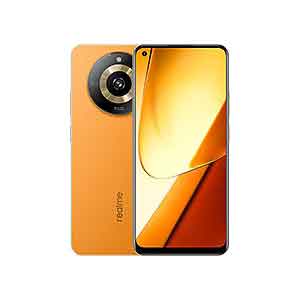
Redmi Note 13 vs Realme 11
VS

Redmi Note 13 vs Motorola Edge 40 Neo
VS
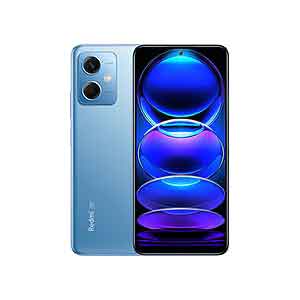
Redmi Note 13 vs Redmi Note 12
VS
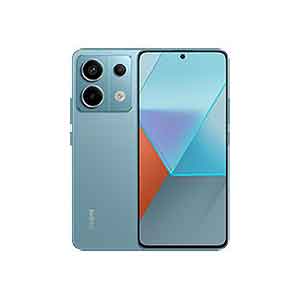
Redmi Note 13 vs Redmi Note 13 Pro
VS
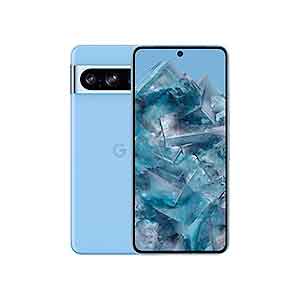
Samsung Galaxy S23 Ultra vs Google Pixel 8 Pro
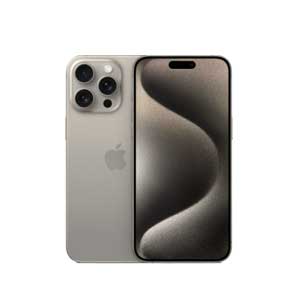
VS
iPhone 15 Pro Max vs Samsung Galaxy S23 Ultra
S23 Ultra Vs Xiaomi 13 Ultra Display Comparison
The Galaxy S23 Ultra Samsung uses a 6.8-inch dynamic AMOLED panel with QHD+ resolution and as a result offers a pixel density of 500. This panel supports HDR10+ and its refresh rate can also be increased up to 120 Hz. The Korean manufacturer has considered a ratio of 19.3 to 9 for this display and this means that the Korean flagship is slightly wider than the 20 to 9 models. This display is practically the same panel as S22 Ultra and Samsung has not made much change.
Of course, this is not a bad thing; Because the S22 Ultra panel was great and repeating a successful formula definitely has no problem. As expected, the quality of this display leaves nothing but praise. The colors are very lively and attractive and the Vision booster feature also makes the accuracy of the display still good and precise even under direct sunlight.
This panel is set to Vivid by default and displays colors in the DCI-P3 range. In this mode, the color accuracy is good but not flawless and perfect and you can adjust the level of coldness or warmth of the panel. The other mode is Natural and displays colors in the sRGB range and its accuracy is also very good.
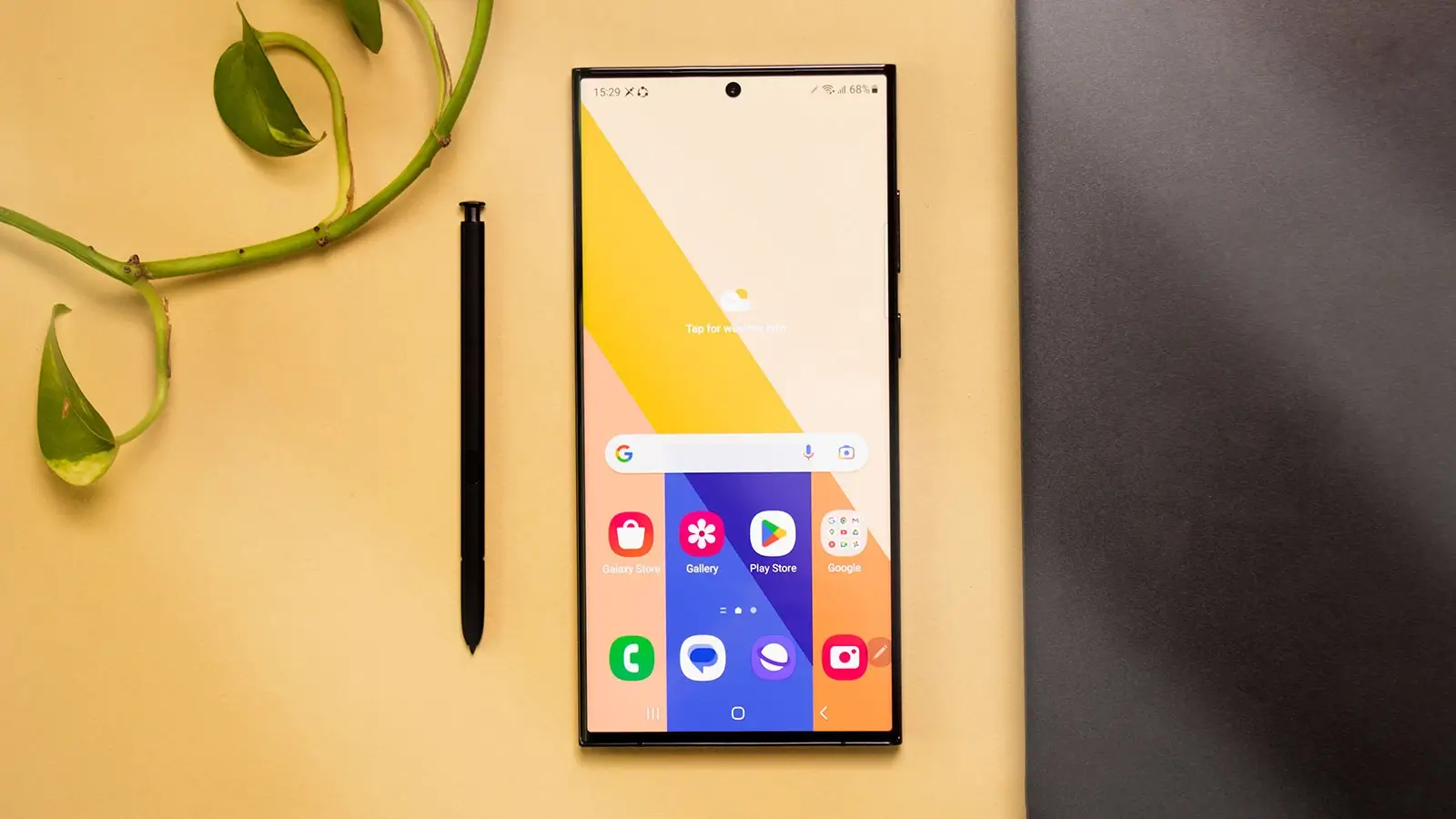
The refresh rate of this display is adaptive and can switch between 24, 30, 48, 60 and 120 numbers. Of course, Samsung claims that this number can go down to 10 Hz, but in the tests performed, apparently the refresh rate did not show less than 24, which still counts as very good and attractive and one of the reasons for the excellent battery life of this phone that we will explain later, is this adaptive refresh rate.
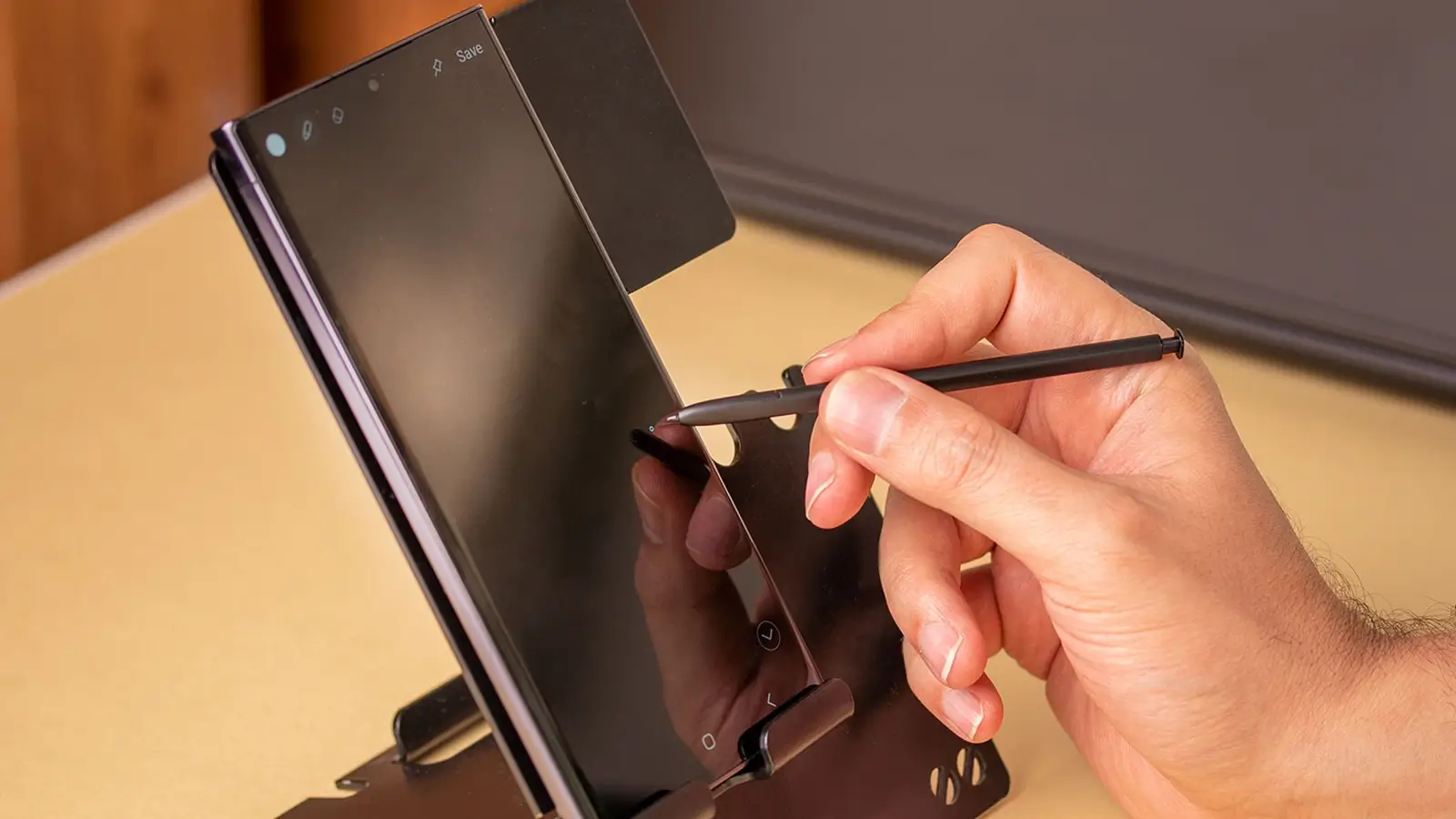
In this section, we should also mention the Galaxy S23 Ultra pen, a very attractive feature that is available to you with this Samsung Galaxy without paying extra cost and you can benefit from its various applications. This pen has many capabilities and allows you to easily write and draw on the phone. This pen supports various gestures and will definitely make your use of the phone easier. Without a doubt, the presence of the S-Pen is a big advantage for Galaxy S23 Ultra over rivals such as Xiaomi 13 Ultra or even iPhone 14 Pro Max.
On the other side, the Xiaomi 13 Ultra is located, which has a 6.73-inch LTPO AMOLED panel with QHD+ resolution and displays a higher density of 522 pixels per inch. This display supports Dolby Vision, HDR10+, 1 billion color range and 120 Hz refresh rate and its ratio is also 20 to 9. This display also supports PMW with a rate of 1920 Hz to make your eyes less tired.
The quality of this display is also excellent and there is no flaw in it. The color accuracy of this panel is excellent both in the sRGB color range and in the DCI-P3 color range and the display of this phone tries to provide the best accuracy in any situation. This panel can change the resolution from QHD to FHD if needed to save battery consumption. Also, the refresh rate changes between 10 to 120 Hz and has a very accurate performance.
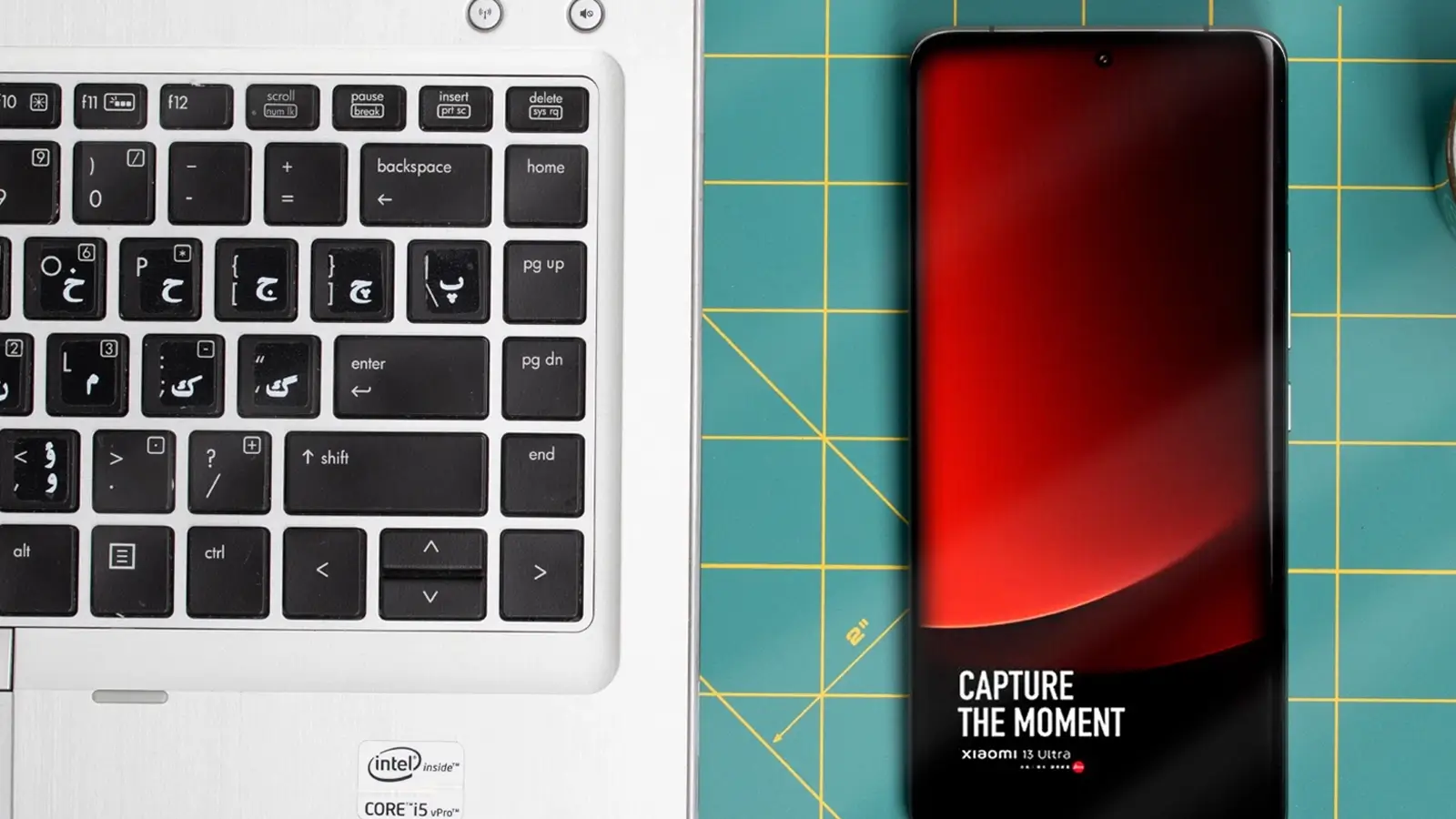
In fact, in terms of panel quality and features, it is very difficult to compare the Xiaomi 13 Ultra with the S23 Ultra and consider one superior to the other. Both are excellent and admirable, and you will enjoy watching content on these bezel-less panels immensely. The next part that matters in terms of display is the brightness level, and we will continue with the panel tests of these two models.
The Xiaomi 13 Ultra display produces 500 nits of brightness in manual mode, which increases to 1200 nits in automatic mode when placed under direct sunlight, which is slightly less than Xiaomi’s claim of 1300 nits. Of course, this number means that you can view the screen content without any problem in any situation.
On the other hand, the Galaxy S23 Ultra also has a manual brightness of 500 nits, which can increase to over 800 nits in Extra Brightness mode and up to 1275 nits if automatic brightness is activated. This means that the brightness of this phone is slightly higher than its competitor, but not enough to feel the difference.
Finally, we have to say that the display section has no winner and both brands have tried to create the best possible experience for the user and have succeeded in this matter.
Prices and availability
When it comes to pricing, at first glance the Xiaomi 13 Ultra is more expensive but there is a good explanation for that: The base configuration for the Chinese flagship has double the storage of its Korean rival. If you compare the Xiaomi 13 Ultra’s €1499 MSRP with the similarly specced S23 Ultra, the Galaxy phone is slightly more expensive.
For the US, we can only buy one model officially, which is the Galaxy S23 Ultra. While the Xiaomi 13 Ultra can be found in online retailers such as Amazon, it is only available through third-party marketplace sellers.
| Xiaomi 13 uLTRA | Samsung Galaxy S23 Ultra | |
|---|---|---|
| 256 GB | n/a | $1,199 €1,199 |
| 512 GB | n/a €1.499 |
$1,379 €1,579 |
| 1 TB | n/a | $1,619 €1,819 |
If you ask me, both companies are basically selling smartphones at insane prices. But I digress.
Specs Comparison Table
| Specification | Xiaomi 13 Ultra | Samsung Galaxy S23 Ultra |
|---|---|---|
| Dimensions | 163.2 x 74.6 x 9.1 mm | 163.4 x 78.1 x 8.9 mm |
| Weight | 227 g | 234 g |
| Build | Glass front, eco leather back, aluminum frame | Glass front and back, aluminum frame |
| SIM | Dual SIM | Nano-SIM and eSIM or Dual SIM |
| IP rating | IP68 | IP68 |
| Display size | 6.73 inches | 6.8 inches |
| Display type | LTPO3 AMOLED | Dynamic AMOLED 2X |
| Resolution | 1440 x 3200 pixels | 1440 x 3088 pixels |
| Refresh rate | 120Hz | 120Hz |
| Processor | Qualcomm Snapdragon 8 Gen 2 | Qualcomm Snapdragon 8 Gen 2 |
| CPU | Octa-core | Octa-core |
| RAM | 12GB, 16GB | 8GB, 12GB, 16GB |
| Storage | 256GB, 512GB, 1TB | 256GB, 512GB, 1TB |
| Main camera | Quad 50MP | Quad 200MP |
| Ultra-wide camera | 50MP | 12MP |
| Telephoto camera | Two cameras: 3.3x and 5.2x optical zoom | Two cameras: 3x and 10x optical zoom |
| Periscope camera | 50MP | 10MP |
| Battery capacity | 5000 mAh | 5000 mAh |
| Charging speed | 90W wired, 50W wireless | 45W wired, 15W wireless |
| Operating system | Android 13, MIUI 14 | Android 13, One UI 5.1 |
| Price | Starting at $999 | Starting at $947 |
Xiaomi 13 Ultra Price
- 12GB RAM / 256GB = CNY¥5,999 (approximately $875 / £700 / AU$1,300)
- 16GB RAM / 512GB = CNY¥6,499 (approximately $945 / £760 / AU$1,400)
- 16GB RAM / 1TB = CNY¥7,299 (approximately $1,060 / £855 / AU$1,575)
Release Date
The Xiaomi 13 Ultra is expected to get a release date in April, 2023. Xiaomi has not confirmed whether the phone will be coming to the USA and/or the UK or Europe, however, meaning it could well be a China-exclusive.
Analysis
We have yet to test out the Xiaomi 13 Ultra, as it has only just been announced. But there’s a few interesting aspects about this phone that are immediately obvious, indicating that Xiaomi – as before – is aiming to provide Android users with a viable alternative to Samsung’s Galaxy S23 Ultra and Apple’s iPhone 14 Pro Max.
The Xiaomi 13 Ultra Camera is The Main Event…
Pin
The Xiaomi 13 Ultra takes the design of the Xiaomi 12S Ultra and kicks it up a notch with an even more impressive camera setup. It boasts the same 1-inch Sony IMX989 sensor found on its predecessors, but this time with a new variable aperture that can switch between f/1.9 and f/4.0, a feature reminiscent of the Huawei Mate 50 Pro and Samsung Galaxy S9.
But that’s not all – the 13 Ultra packs a quad-camera system with not one, but four 50MP sensors (including the IMX989 and three IMX858s). One of these sensors is an ultrawide lens, while the other two offer 3.3x and 5.2x optical zoom, respectively.
Plus, the sensor cropping allows for two additional zoomed focal lengths (46mm or 2x and 240mm or 10.42x zoom) without requiring more sensors – a trick we’ve seen on the Google Pixel 7 series and iPhone 14 Pro line.
With all these camera capabilities, the Xiaomi 13 Ultra is a true photographic powerhouse that, given everything we’ve just discussed, might well place Xiaomi well and truly back in contention at the top of the market with Apple and Samsung.
Xiaomi 13 Ultra Camera Accessory Pack
And if you thought the camera on the Xiaomi 13 Ultra couldn’t get any better, think again! Xiaomi has also released a full set of add-ons to take your mobile photography to the next level. These include a wireless camera grip complete with a physical shutter button and a detachable 67mm filter adapter ring, perfect for those who want to get even more creative with their shots.
This accessory pack is priced at CNY¥999 (approximately $145 / £120 / AU$215), with Xiaomi stating that availability may be limited at launch. With these add-ons, the Xiaomi 13 Ultra becomes more than just a smartphone camera, bridging the gap between mobile photography and professional-level equipment. Or, at least, that appears to be what Xiaomi is hoping to do.
We all know that Apple’s Pro Max models are used extensively by content creators, taking over the mantle from DSLR cameras. In 2023, we’re now seeing more and more content creators using Samsung’s Galaxy S23 Ultra. And now it looks like Xiaomi wants a piece of this market too.
Either way, the Xiaomi 13 Ultra looks damn impressive on paper. I cannot wait to see how it does in our review which should be coming inside the next few weeks.
In the meantime, let us know what you think in the comments section below…
Richard Goodwin
Richard Goodwin has been working as a tech journalist for over 10 years. He has written for Den of Geek, Fortean Times, IT PRO, PC Pro, ALPHR, and many other technology sites. He is the editor and owner of KnowYourMobile.
Корпус
| Модель | Xiaomi 13 Pro | Galaxy S23 Plus |
| Высота | 162.9 мм | 157.8 мм |
| Ширина | 74.6 мм | 76.2 мм |
| Толщина | 8.4 мм | 7.6 мм |
| Вес | 229 граммов | 195 граммов |
| Водонепроницаемость | IP68 | IP68 |
| Материал задней панели | Стекло | Стекло |
| Материал рамки | Металл | Металл |
| Доступные цвета | Черный, Синий, Белый, Мятный | Черный, Белый, Зеленый, Фиолетовый |
| Сканер отпечатков пальцев | Да, в дисплее | Да, в дисплее |
Сравнивая исполнение корпусов Xiaomi 13 Pro и Galaxy S23 Plus я прихожу к выводу, что они крайне похожи друг на друга и однозначно сказать, что у одной модели есть хоть какое-то, пусть и минимальное преимущество, нельзя.
Оба телефона имеют одинаковый сертификат защиты от воды и пыли IP68, они не боятся брызг, могут использоваться под дождём, но вот ронять их в бассейн не рекомендуется, хотя несколько секунд под водой они выдержат без особого вреда.
В обоих аппаратах используется металл для рамки, т.е. силовой части корпуса, тут полный паритет.
Сканер отпечатков под дисплеем в обоих случаях, тут мы даже не сможем выделить победителя по скорости его срабатывания, ведь известно, что сканер вне экрана, который располагается, например, в кнопке питания, или на задней стенке, работает быстрее и точнее, чем подэкранный.
Да, есть небольшая разница в толщине и весе, но считать значимой разницу в 0,8 мм считаю не разумным, хотя бы потому, что большинство из нас тут же наденет на смартфон чехол, и будет уже без разницы. Ровно как и вес, ведь Xiaomi 13 Pro всего на 5.1 грамма тяжелее, чем Galaxy S23 Plus, показатель ничтожен и смысла не имеет.
По этим причинам ни один из телефон не является победителем, полный паритет.
Samsung Galaxy S23 Ultra vs Xiaomi 13 Ultra Camera System
The Xiaomi 13 Ultra features a quad-camera setup on the back with a 50 MP Sony IMX989 1-inch primary camera sensor, a 50 MP Sony IMX858 ultrawide unit, a 50 MP Sony IMX858 telephoto shooter with 3.2x optical zoom, and a third 50 MP Sony IMX858 sensor with 5x optical zoom. There’s OIS on all camera sensors expect the ultrawide, while Xiaomi has also added a 3D TOF depth sensor.
The Samsung Galaxy S23 Ultra also features a quad-camera setup with a 200 MP Samsung ISOCELL HP2 primary camera sensor, a 12 MP ultrawide unit, a 10 MP telephoto lens with 3x optical zoom, and a second 10 MP telephoto shooter with 10x optical zoom. Samsung also offers OIS support on all camera sensors except the ultrawide.
Up front on the Galaxy S23 Ultra is a new 12 MP selfie camera with Dual Pixel PDAF and an f/2.2 aperture. The Xiaomi 13 Ultra has a traditional 32 MP selfie camera with an f/2.0 aperture. Both the Xiaomi 13 Ultra and Galaxy S23 Ultra can shoot 8K video at 30fps or 4K video at up to 60fps. However, the S23 Ultra can do 4K at 60fps on the front camera as well.












